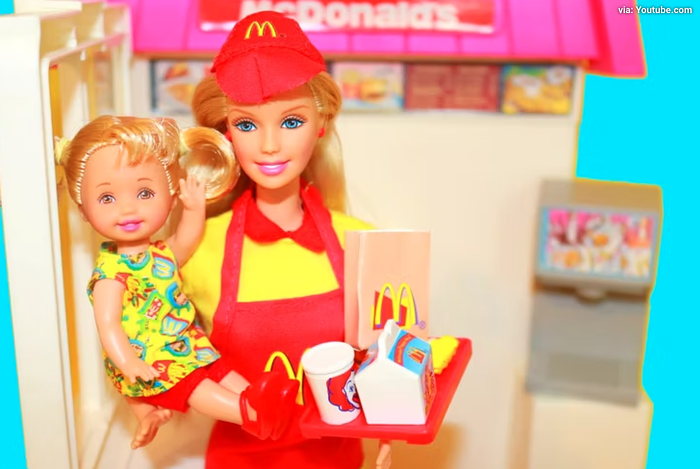Nearly as much speculation has been given to the inception of punk rock as to the origin of the universe itself. In fact, in Kansas, it's taught that punk was created in seven days by Malcolm McLaren. All of this became irrelevant long ago: Punk was at its best before the militant hardcore boys said what it was and what it wasn't. In the beginning it was just beautifully weird, noisy, experimental, and open ended. That is precisely where characters like Brendan Mullen come in.
Mullen, a Scotsman by birth but a wanderer by nature, was tapped by fate in Los Angeles, 1977. Needing a place to practice, he leased a huge dungeon below a porno theater on Hollywood Boulevard from "horrible coke-deformed psychic gnarlers." This dubious space would quickly evolve into the legendary punk cabaret the Masque. While its doors would remain open only sporadically for a few years, the Masque provided a soul kitchen for newly minted LA punks needing a place to practice, drink, and resist normality. Among them were bands like X, the Germs, the Weirdos, the Go-Go's, the Skulls, and Fear.
Thirty some-odd years after the doors opened, Mullen has painstakingly compiled a family album documenting his labor of lust. Live at the Masque: Nightmare in Punk Alley is a thorough recollection of LA punk's fiery inception. A photo album in essence, it also includes many wonderful documents: original set lists, hand-scrawled communiqués, show fliers, and pictures of the graffiti that graced the Masque's hallowed walls. Looking at all the fresh faces, the seeming naïveté and the ambition conveys a real sense of how thrilling and simultaneously heartbreaking forging a groundbreaking scene must have been.
Since much of Mullen's personal material was destroyed in a fire sprinkler incident back in the day, Mullen has hunted and begged much of the book's content from contributing friends and comrades over the years. The big, handsome result avoids most of the pitfalls of other punk retrospectives. It neither claims to be punk's dad, nor does it sentimentalize the time. The result instead is a sublimely detailed view of the tattooed muse that issued Mullen the sultry "come hither" in the first place.














